📌 Introduction: The Changing Face of Indian News
Turn on the TV any evening, and you’ll likely see shouting matches, political favouritism, and a complete lack of nuance on many Indian news channels. Once seen as the fourth pillar of democracy, India’s TV news media has increasingly become a stage for polarisation and propaganda.
So what went wrong?
Why are Indian news channels more polarised than ever, choosing sides instead of presenting facts?
Let’s break down this growing crisis of credibility and trust, and understand the forces shaping this dangerous divide.
🔄 The Rise of Polarised News: What Does It Mean?
Polarisation in media means that news coverage is heavily slanted in favour of a particular political ideology or party. In India, this means:
Some channels openly support the ruling BJP, rarely questioning its policies.
Others, though fewer, align with opposition narratives, presenting the government as authoritarian.
Neutral journalism — factual, balanced, issue-based — is rare and drowned in the noise.
This isn't about disagreement. It’s about systematic bias, where the truth is bent to fit the channel’s agenda.
🛠️ 1. Political Influence and Government Pressure
One of the biggest reasons for this polarisation is political interference.
Here's how it plays out:
Media owners have business interests tied to government favours (licenses, land, contracts).
Fear of losing government advertising, which forms a big chunk of revenue.
Journalists who ask tough questions may be targeted with legal cases, trolling, or job loss.
Editors are pressured to toe the government line — or face consequences.
This has created a culture of self-censorship, where many anchors avoid criticising those in power and instead focus on deflective topics.
📊 2. TRP Wars and Sensationalism
In the race for Television Rating Points (TRPs), many channels have sacrificed journalistic integrity for drama.
TRP-driven tactics:
Panel debates with noisy, one-sided anchors.
Pushing communal or divisive content that inflames emotions.
Running endless loops of celebrity gossip or crime drama.
Prioritising speed over accuracy — even if it means fake or unverified news.
This chase for eyeballs has turned news into entertainment, with truth becoming the biggest casualty.
💼 3. Corporate Ownership and Media Conglomerates
A small handful of corporate groups own multiple TV channels, newspapers, and websites. Their interests often align with the political party in power.
What this means:
Newsrooms are forced to reflect the views of owners, not viewers.
Journalists with independent views may be silenced or removed.
Editorial independence has become a myth in many mainstream outlets.
When billionaires fund media houses, the news is rarely for the common man — it’s a tool for influence and protection of power.
🧨 4. Communal and Ideological Narrative Building
In recent years, many news channels have actively participated in building and reinforcing ideological narratives, particularly majoritarian Hindu nationalism.
Examples include:
Labelling dissenting voices as “anti-national” or “urban Naxals”.
Highlighting communal incidents selectively to shape public opinion.
Painting critics of the government as enemies of the state.
Blaming minorities for societal issues, especially during events like COVID.
This form of journalism doesn't inform — it divides, creating “us vs them” narratives for political gain.
📵 5. Decline of Ground Reporting and Investigative Journalism
TV news once had field reporters covering farmer struggles, government corruption, and environmental issues. Now, most newsrooms:
Depending on WhatsApp forwards, Twitter trends, and studio debates.
Avoid sensitive or rural issues that don’t bring high TRPs.
Rarely do fact-based field investigations, unless it’s for dramatic effect.
This shift has led to a superficial understanding of real issues, often replaced by loud opinions.
📱 6. The Rise of Social Media and Alternative Voices
Ironically, this crisis in mainstream news has sparked a digital journalism revolution. YouTube, Twitter, and independent news platforms now:
Offer alternative views, issue-based content, and detailed explanations.
Have gained trust, especially among the youth.
Face their own risks — demonetization, threats, or deplatforming — but remain less censored.
As TV channels become more partisan, many viewers are turning to these digital spaces for balanced, data-driven content.
⚖️ 7. The Legal and Ethical Void
India lacks a strong, independent media regulatory framework. The Press Council has little power, and TV news is largely self-regulated.
What this means:
Channels are free to air hate speech, fake news, or communal content with no real consequences.
Anchor behaviour goes unchecked.
Viewers often have no mechanism to hold the media accountable.
Without legal checks, polarisation in the media becomes profitable, not punishable.
📉 Impact on Democracy
When news channels stop informing and start dividing, it poses a direct threat to democracy. A biased, polarised media:
Creates an uninformed electorate.
Weakens public debate.
Silences opposition and dissent.
Protects the powerful by attacking their critics.
Promotes mob justice over due process.
Democracy thrives on free and fair media, not propaganda disguised as journalism.
🌱 What Can Be Done?
While the situation seems grim, solutions are possible — but they require citizen participation, political will, and ethical reform.
Steps forward:
Support independent media through subscriptions and donations.
Demand editorial accountability.
Push for media literacy programs in schools and colleges.
Advocate for a strong media regulator that checks hate and misinformation.
Promote and consume diverse news sources, not just one echo chamber.
🧾 Final Thoughts
The polarisation of Indian news media didn’t happen overnight. It’s the result of years of political control, economic dependency, and ethical erosion.
But the power still lies with us — the viewers. By choosing facts over noise, and truth over comfort, we can help restore journalism’s lost credibility.
The media may be broken, but the solution starts with what we watch, share, and believe.
💬 Have Your Say
Do you think Indian news is more biased today than ever before?
Which independent platforms do you trust?
Let us know in the comments and share this article with someone who believes in a better media landscape.




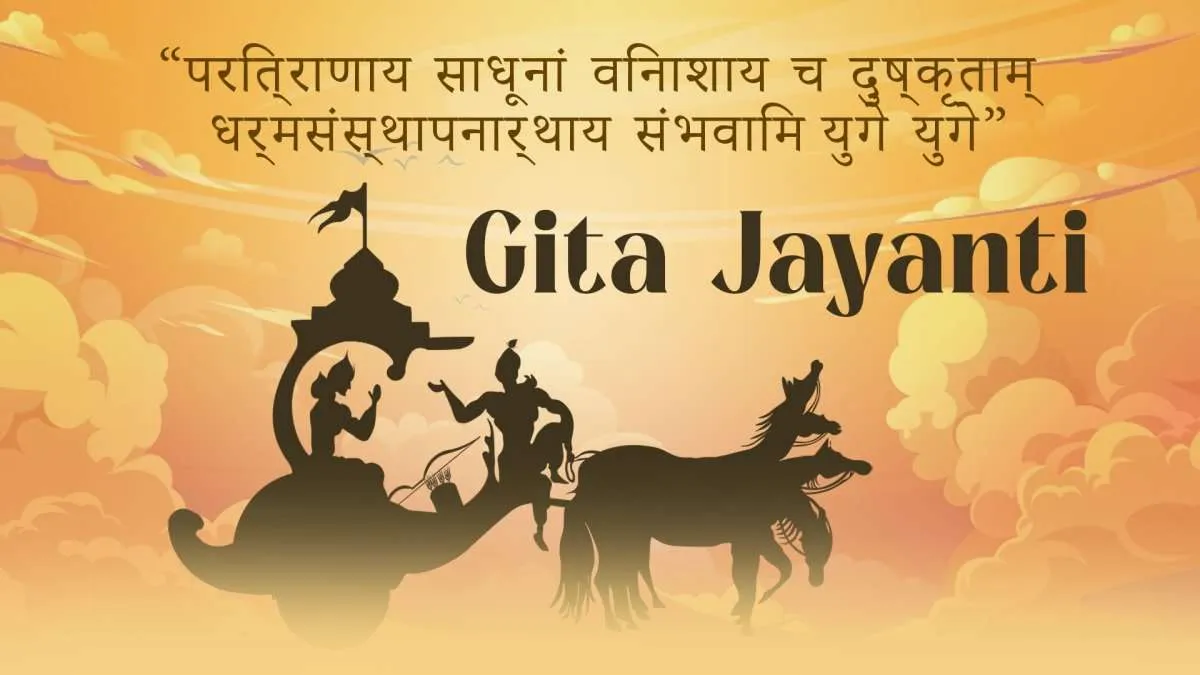
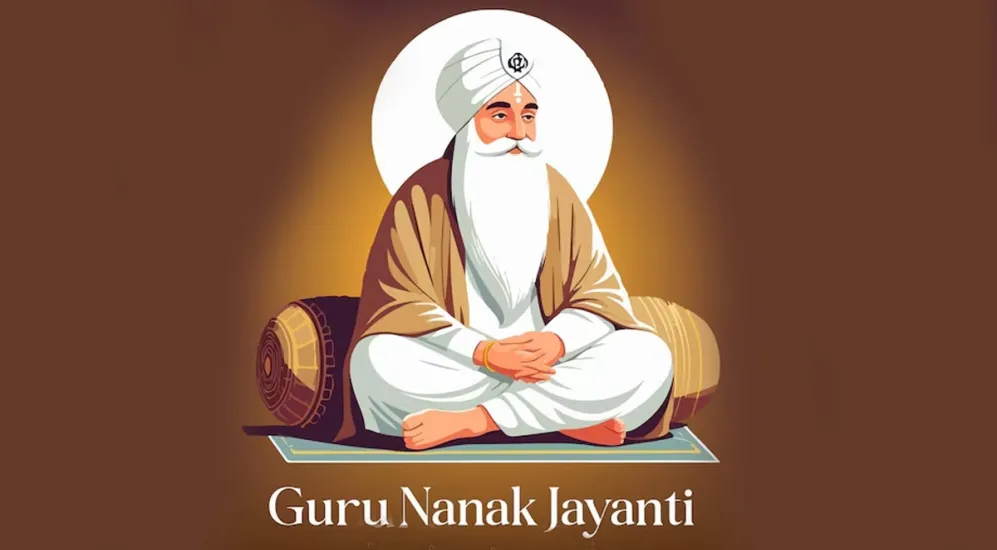
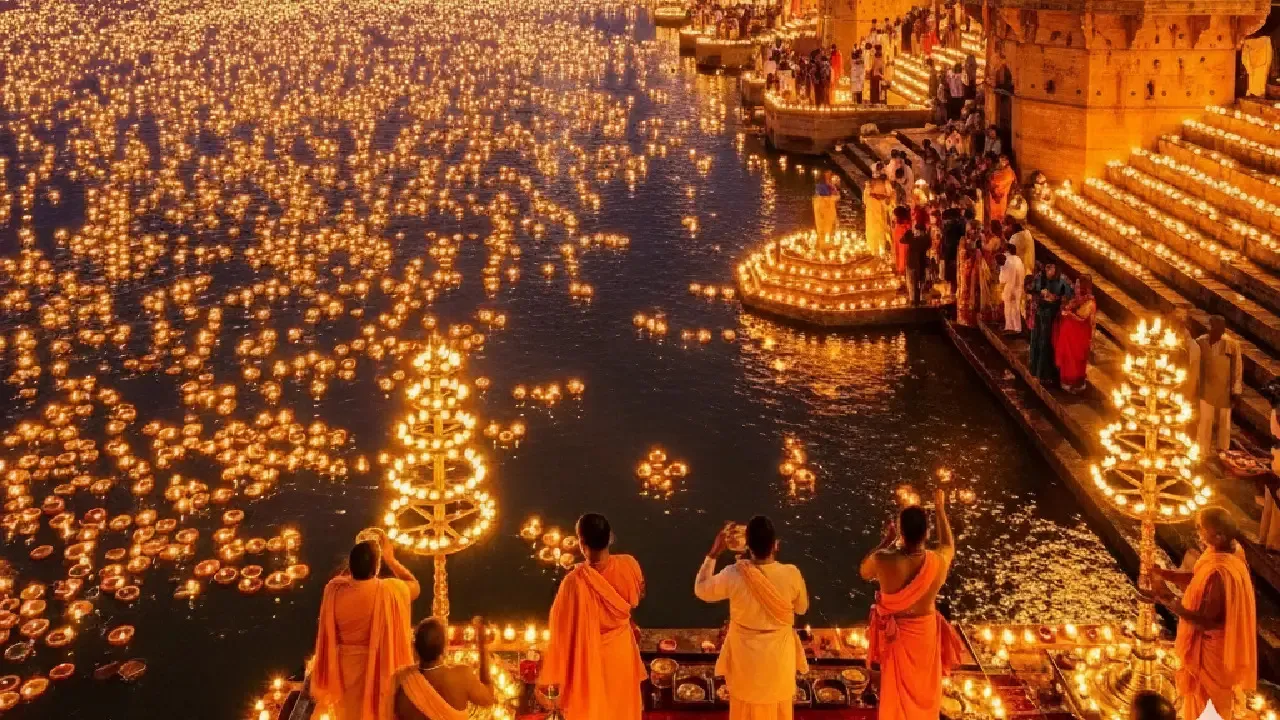
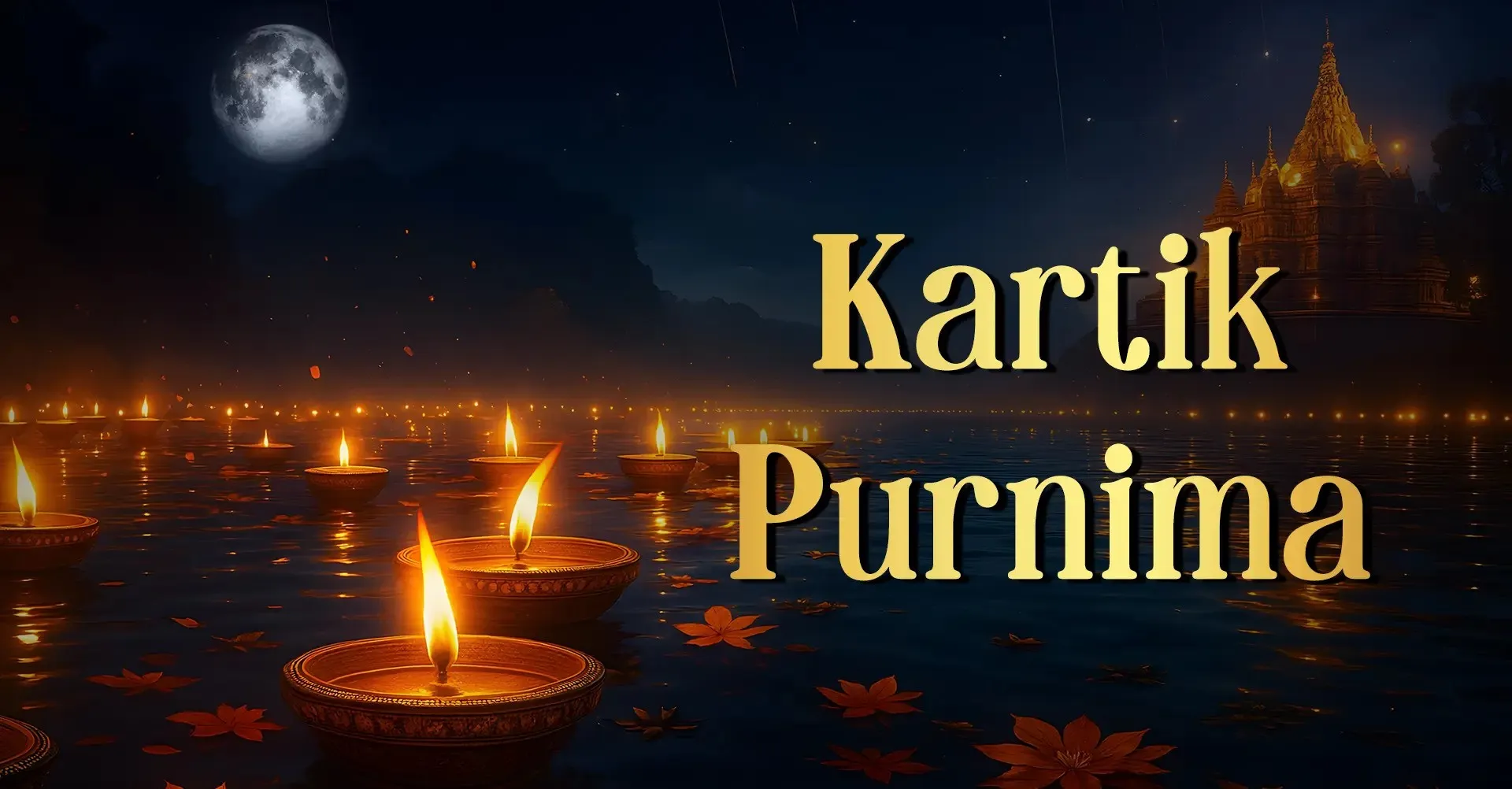
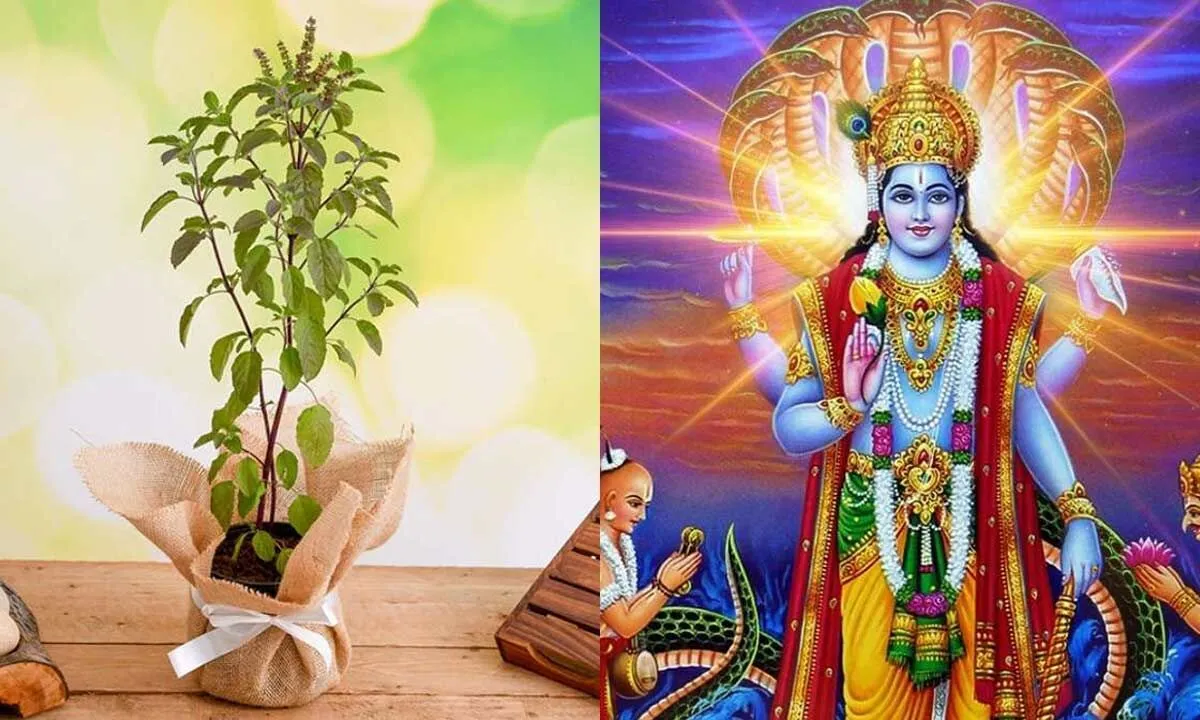
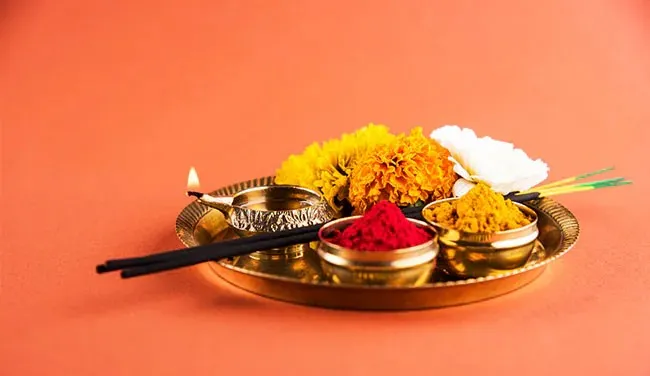
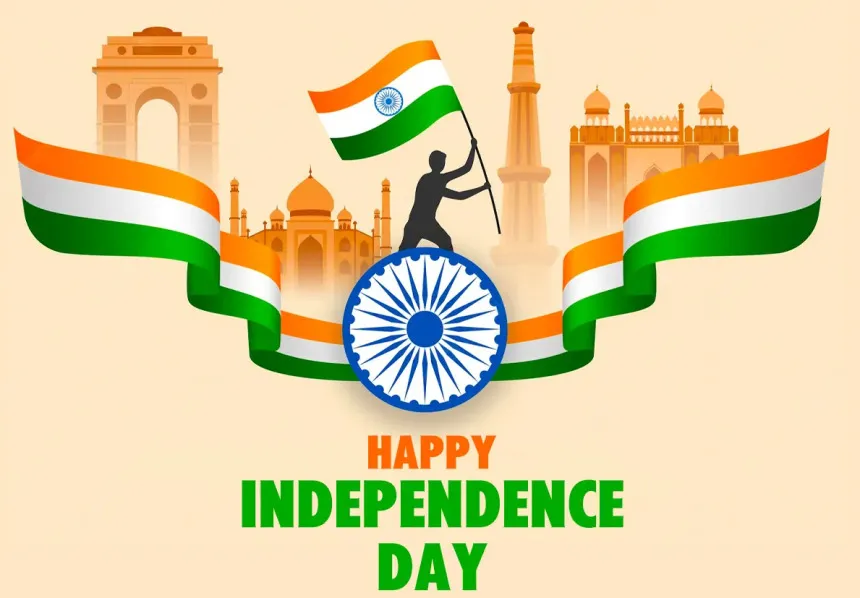
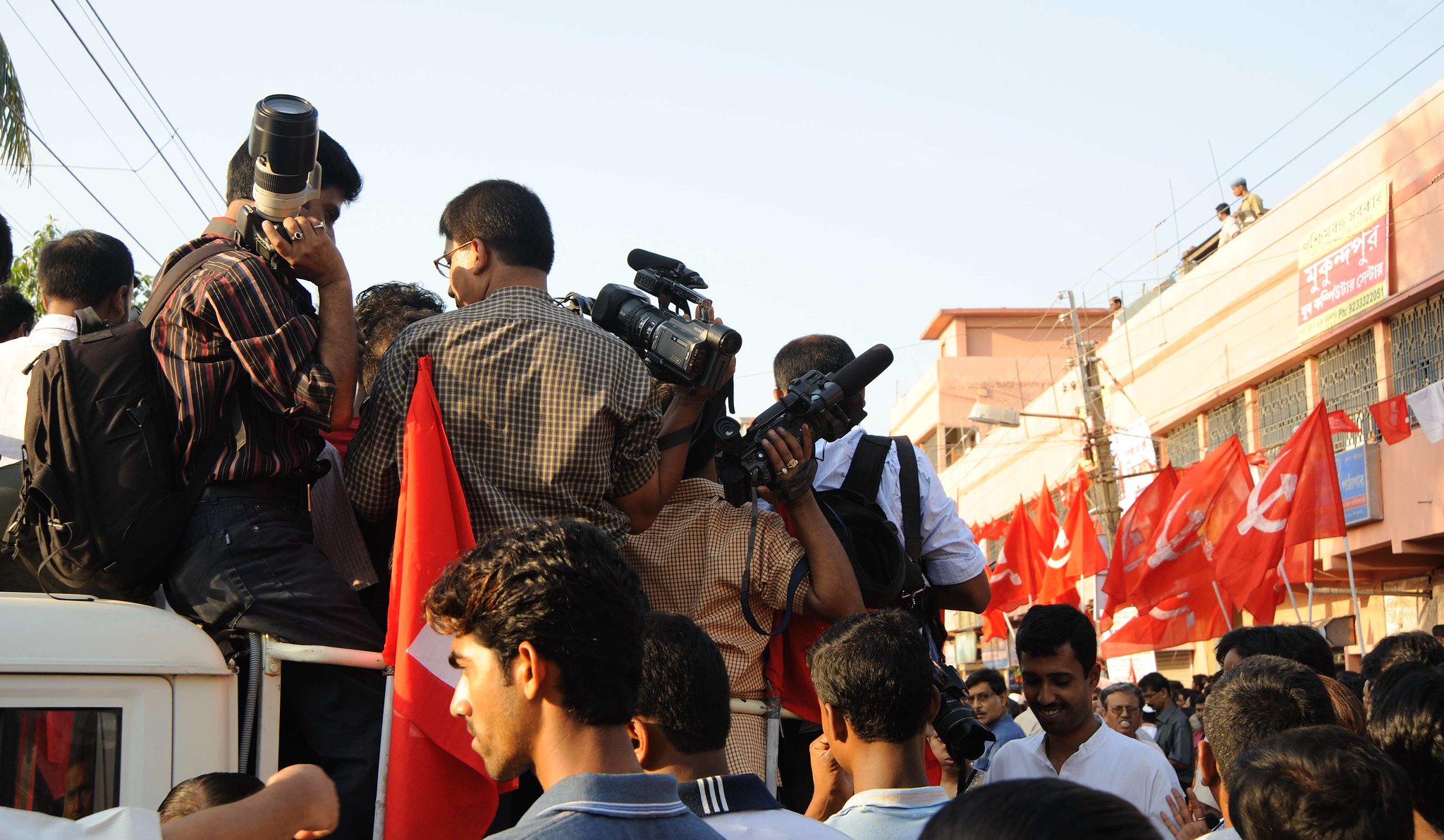
Recent Comments
No comments yet.